The Cap sac ceremony of the Dao people in general, and the Dao Quan Chet people in Xuan Thuy commune, Yen Lap district in particular, is one of the rituals, cultural activities, and beliefs with long-standing folk cultural values. For the Dao Quan Chet people, only when they are Cap sac, will the man be officially recognized by his ancestors and gods as an adult, with full rights to participate in worship ceremonies, and qualified to take on the work before the clan and community. The Cap sac ceremony of the Dao Quan Chet people in Xuan Thuy commune was recognized as a National Intangible Cultural Heritage in 2019.
Performing rituals in the Cap sac ceremony of Mr. Duong Kim Thuc, Xuan Thuy commune, Yen Lap district.
In the last days of December, the family of Mr. Duong Kim Thuc in zone 10 (Tan Lap area) of Xuan Thuy commune was bustling with people coming to help and participate in the ritual of his ordination. In the middle of the house hung a set of worship paintings, in addition to the shamans, the ordination recipients, the people who know how to sing and dance in the area can also participate in singing and dancing during the ordination ceremony.
Ms. Nguyen Thi Ha, mother of Duong Kim Thuc, shared: "Thuc is the youngest child in the family. Recently, after attending the Nom Dao class, he has learned more about the customs and practices of the ethnic group. We have prepared a set of worship paintings and traditional costumes for Thuc and his wife because this is a very important ceremony for our son. In addition, we also have to prepare pigs, chickens, rice, and sticky rice for the ceremony and for the villagers to come and celebrate with the family."
According to the Dao people's belief, only after going through the Cap Sac ceremony can a man have the heart and virtue to distinguish right from wrong, be recognized as a descendant of Ban Vuong, be qualified to worship ancestors, and take on the work of the family. The date of the Cap Sac ceremony is carefully chosen, avoiding coinciding with the death dates of family members. The person receiving the ceremony absolutely avoids doing bad or evil deeds.
The Dao Quan Chet's Cap Sac ceremony combines various forms of folk performing arts. Through the rituals, the folk performing arts in the Cap Sac ceremony, from costumes, decorative arts, dances, songs, music to the typical cuisine of the Dao people, are preserved and their traditional cultural values are promoted. In the Dao Quan Chet's Cap Sac ceremony alone, there are 11 dances and 36 different melodies, including bell dances and turtle dances, which are imbued with the cultural identity of the Dao people.
In the Cap sac ceremony, the rituals are performed in the following order: Ceremony to invite ancestors, Ceremony to welcome the master into the house, Ceremony to open the altar "hanging pictures", Ceremony to enter the spirit medium, Ceremony to name the person, Ceremony to offer "qua tang" lamp, Ceremony to go to the spirit medium with incense, Ceremony to invite the Jade Emperor, Ceremony to remove pests and diseases for crops, Ceremony to reward the army... The duration of the ceremony is usually 3 days 2 nights, or 2 days 2 nights, but today, many families choose to shorten it to 2 days 1 night to suit the actual conditions. The rituals are held at many different times, places and spaces, some are held during the day, some are held at night, some are held indoors, some are held in the yard.
Mr. Phung Sinh Thinh - a person knowledgeable about customs and writing in Xuan Thuy commune said: Unlike other Dao groups, the Dao Quan Chet only holds the Cap Sac ceremony for one person, there is no age limit for the ceremony but it depends on the conditions of each family to organize. Therefore, every time the Cap Sac ceremony takes place, members of the community participate in helping from preparing offerings to participating in practicing the rituals. Activities in the worship ceremony, especially practicing the rituals, must follow traditional customs and practices, under the supervision of gods, shamans and other families.
The Cap Sac ceremony holds a particularly important position in the culture of the Dao people. Through the Cap Sac ceremony and cultural and religious activities, the village and neighborhood relationships become more connected and stronger, together preserving and passing on to the younger generation so that they can better understand, love and join hands to preserve and promote the traditional cultural identity of the Dao people.
Phuong Thanh
Source: https://baophutho.vn/doc-dao-le-cap-sac-cua-nguoi-dao-quan-chet-226035.htm


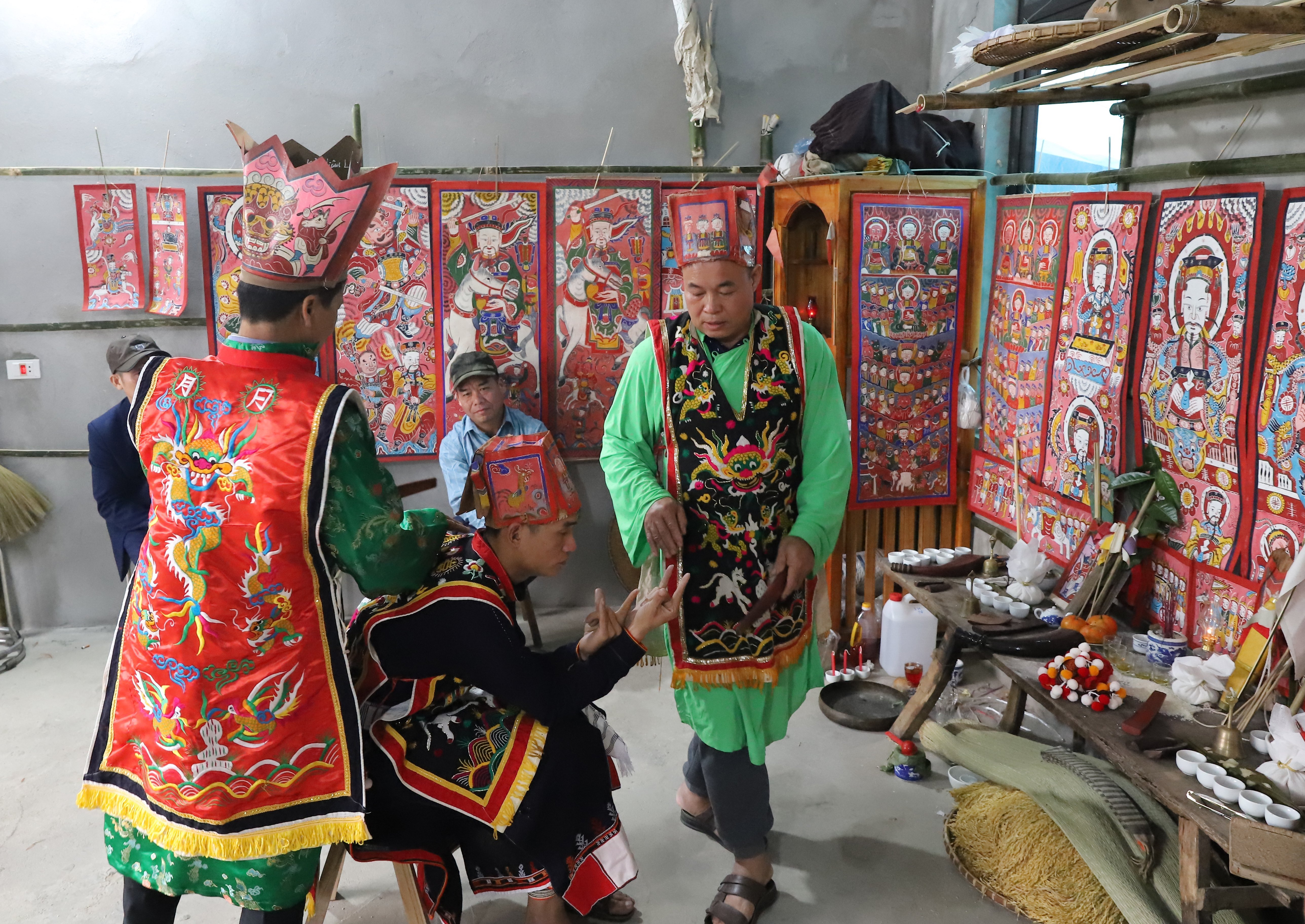




![[Photo] Urgently help people soon have a place to live and stabilize their lives](/_next/image?url=https%3A%2F%2Fvphoto.vietnam.vn%2Fthumb%2F1200x675%2Fvietnam%2Fresource%2FIMAGE%2F2025%2F12%2F09%2F1765248230297_c-jpg.webp&w=3840&q=75)

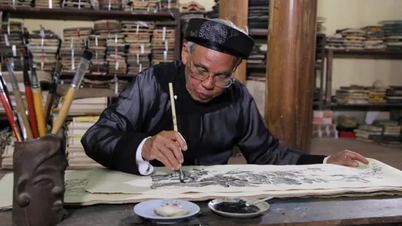





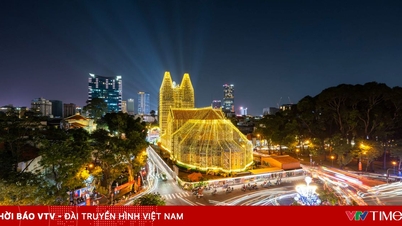

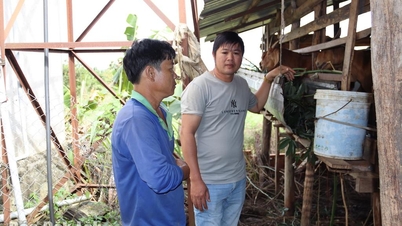

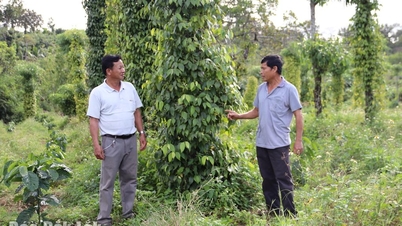






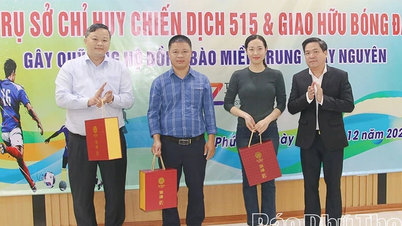







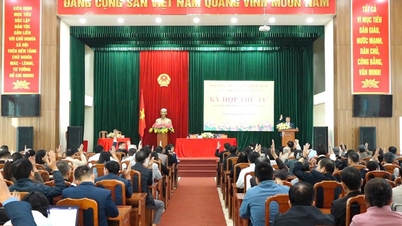
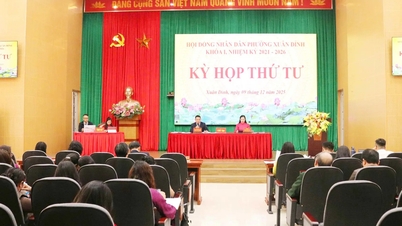
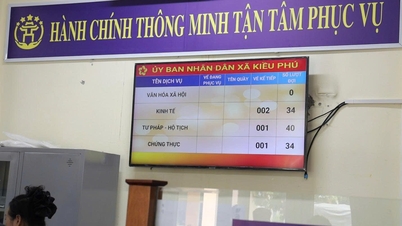

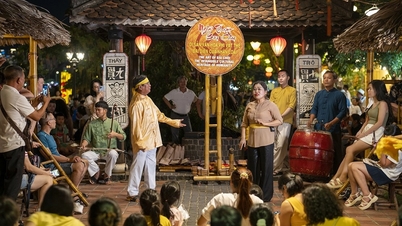

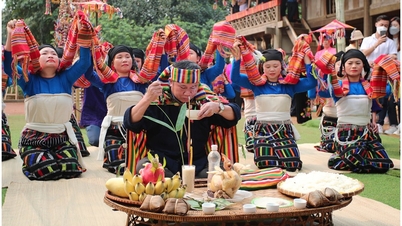


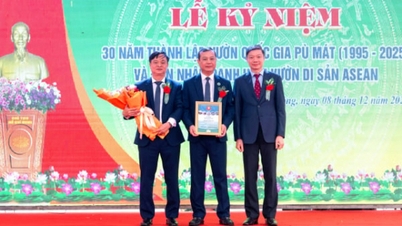


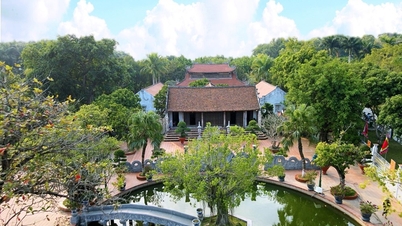
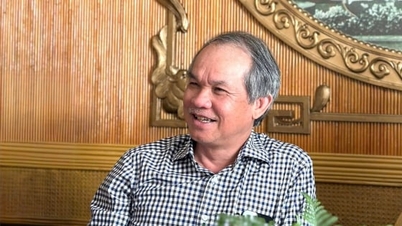
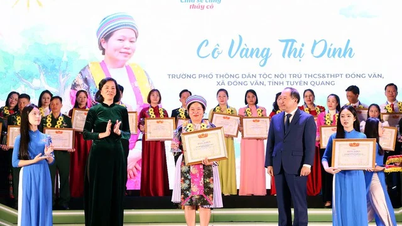

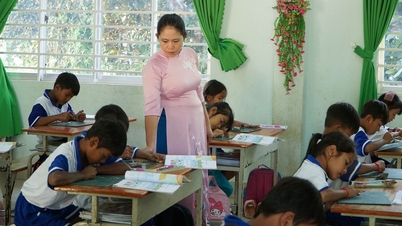

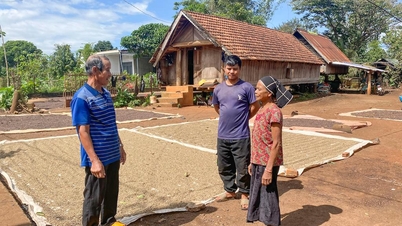










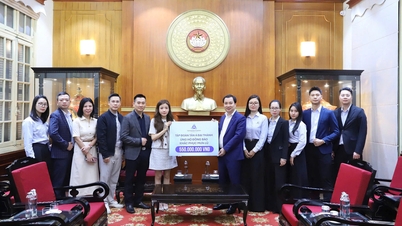









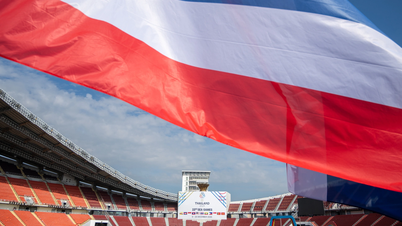

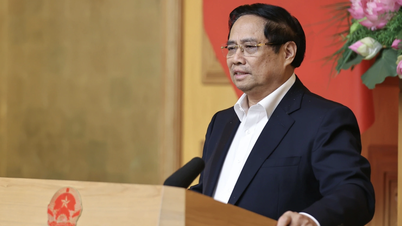


![[Photo] General Secretary To Lam works with the Standing Committees of the 14th Party Congress Subcommittees](https://vphoto.vietnam.vn/thumb/402x226/vietnam/resource/IMAGE/2025/12/09/1765265023554_image.jpeg)
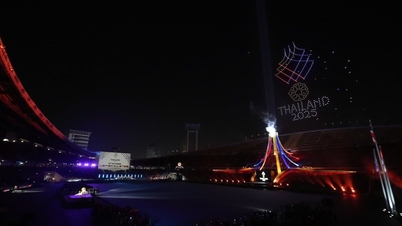








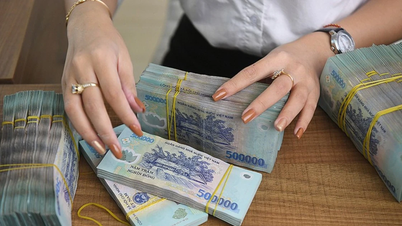


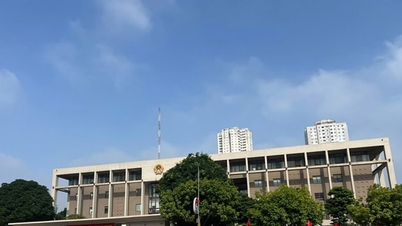


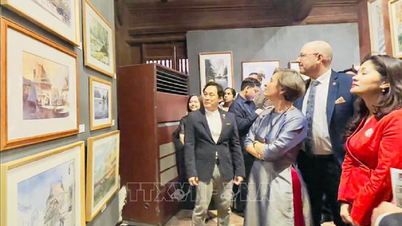

















Comment (0)